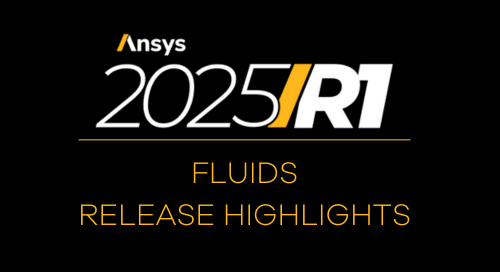The holiday season is once again upon us! This means peace on Earth, good will towards others, and embracing the spirit of giving. For those of us living in colder climates, though, this also means the worst of holiday humbugs: your precious coffee, hot cocoa, teas, and toddies cooling at an alarmingly fast rate. This grinch of holiday cheer is known to all, whether naughty or nice, and is a critical problem that needs investigating. Fortunately, the good folks here at Rand SIM decided caroling was not the best use of our time and got to work using computational fluid dynamics to bring comfort and joy (and a little warmth) back to your beverage.
While a Christmas list’s worth of products are available to help keep your beverage hot, nothing quite makes the holidays as happy as a good old-fashioned ceramic coffee cup. Now, this begs the question: does your beverage stay holly-jolly longer when you let it sit on a nearby yuletide table, or is it better to hold on to it? Though we can test this in real life, the cost of two ruined beverages is just too high to bear. Fortunately, ANSYS Fluent allows us to simulate this test case without any waste!
Leveraging SpaceClaim’s powerful geometric generation features, two models were quickly created. The first featured a coffee cup full of your favorite hot beverage sitting undisturbed on a flat surface (Fig. 1A). A helping hand was needed for the second model, which was easily found online, imported into SpaceClaim, positioned into place, and mirrored to give your favorite beverage some extra holiday cheer (Fig. 1B). Air volumes were created around both models, so the thermal effects could be seen a bit more clearly.
The simulations were set up by modeling convection with care in Ansys Fluent, and made use of the Boussinesq approximation for air density. Each beverage started at the perfect 155 °F in room temperature (71 °F), and, after allowing the fluid domains to reach a steady state, were simulated for 30 minutes.
While it’s hard to tell which case gave the best present, we can instantly see that the thermal plume generated by the hands might help keep the Winter Wonderland from our drink.
With monitor reports, we shall play! Simulations give us the added benefit of measuring anything, and everything, we could ever want. I investigated the temperature of the beverage both in its volume (Fig. 2A) and on its surface (Fig. 2B), and what to my wondering eyes should appear but a real reason to deck the halls!
It seems as though holding on to the cup keeps the beverage a little warmer after 30 minutes (0.1% and 0.3% increase in volume- and surface-averaged temperature, respectively, vs. letting it sit on the table), with the added benefit of warming one’s hands on a cold winter’s day.
Happy holidays, and drinking, to all, and to all a good night!
About the Author
Follow on Linkedin More Content by Jason Shar










